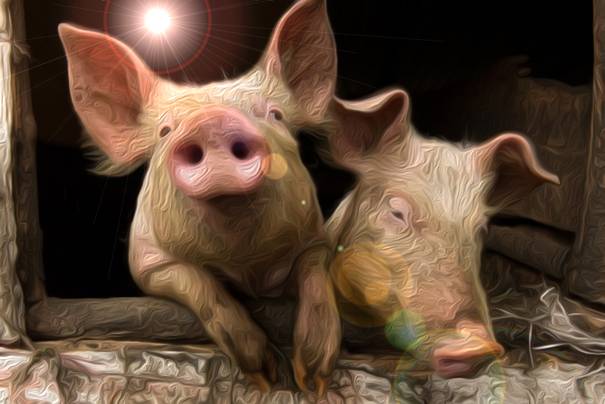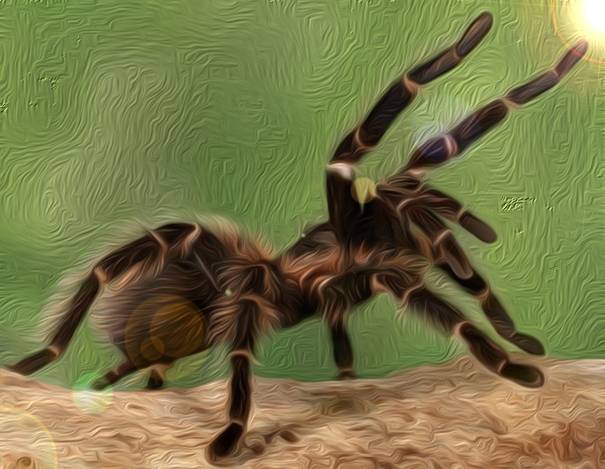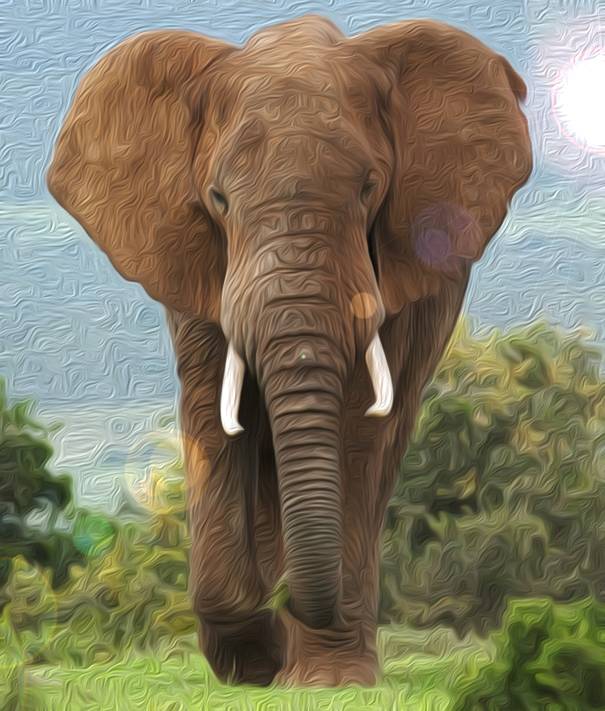The animal world is full of fairy tales and stories. And in every creature there are facts and myths that are sometimes hard to ignore. We always assume that owls are wise and dolphins are happy animals that like to entertain people. All these stereotypes are based on ancient cultures, children’s stories or cartoons, but many of them are unfounded.
On our website, we wanted to learn more about these wildly misleading stereotypes about animals. This list promises to blow your mind. Are you ready for surprises?
-
Most crocodiles are harmless.

Oddly enough, most crocodile species are actually harmless. In fact, they prefer to stay away from humans rather than face them. Species known to feed on humans are the Nile crocodile and the saltwater crocodile, so these should be avoided at all costs. They can be found in sub-Saharan Africa, Southeast Asia, Australia, New Guinea, and the Solomon Islands.
-
Ants are not workers.

The image of the industrious ant has been preserved for centuries thanks to the fables and stories that we have heard since childhood. But this popular belief must be reconsidered because, according to the researchers, not all ants are workers. They noted a high level of inactivity in some ants and said that the ants are inactive about half the time.
-
The pigs are clean.

Pigs have a reputation for being dirty, but they are actually quite clean. In fact, they are some of the cleanest animals on the farm. When they roll around in the mud they look dirty, but they do it because they can’t sweat and the mud helps them cool down. They also never release their poop or urine near their bedrooms or dining rooms.
-
Spiders are peaceful.

According to experts, you really have to work to get bitten by a spider because it doesn’t want to bite you. As a general rule, spiders are peaceful creatures and do not attack people, only biting when surprised or disturbed. In fact, spiders feed on insects, not humans, and most of them cannot pierce human flesh.
-
Dolphins are dangerous.

Swimming with dolphins always seems like a good idea, and with the smiles on their faces and the great interactions they have with people, we might be tempted to live the experience. But the truth is that the smiling face is just an anatomical abnormality and these are wild animals that can be very aggressive towards humans, other dolphins and can even harm themselves.
-
Elephants run.

Elephants are quite good runners given their great weight and size. Despite weighing between 6,000 pounds and 15,000 pounds, they can run at over 10 miles per hour, which is quite remarkable for these gigantic creatures. The researchers say the elephants use a biomechanical technique to do this because they always need to keep one foot on the ground to balance their bodies.
-
Owls are not wise.

Owls are usually associated with wisdom, but how little did we know that owls are not smarter than other birds. In fact, research has been done to establish this myth. It turns out that owls’ characteristics and strengths are hunting, camouflage plumage, super-sensitive hearing, and unique eyes that help them catch prey.
-
Sloths are not lazy.

You’ve probably been called lazy for being so lazy from time to time, but that statement isn’t entirely true. Sloths may be the slowest mammals in the world, but that doesn’t automatically mean they’re lazy. They have low energy, so they have to adapt to it. They eat, sleep, and move only when necessary and at a certain rate because their basal metabolic rate is set too low.
-
Cows are smart.

When it comes to intelligence, cows don’t score very high, or so we thought. The researchers said the cows developed cognitive abilities and emotional capacities. They form friendships, grieve loss and separation, show mutual love, and solve problems while enjoying intellectual challenges.
-
Snakes are careful.

Snakes don’t have ears, but they can hear sounds. This is because vibrations traveling through the ground, such as the footsteps of predators or prey, cause vibrations in the snake’s jaw, transmitting a signal through this inner ear to the brain. Studies have shown that they are very alert and can sense things with their inner ear.


